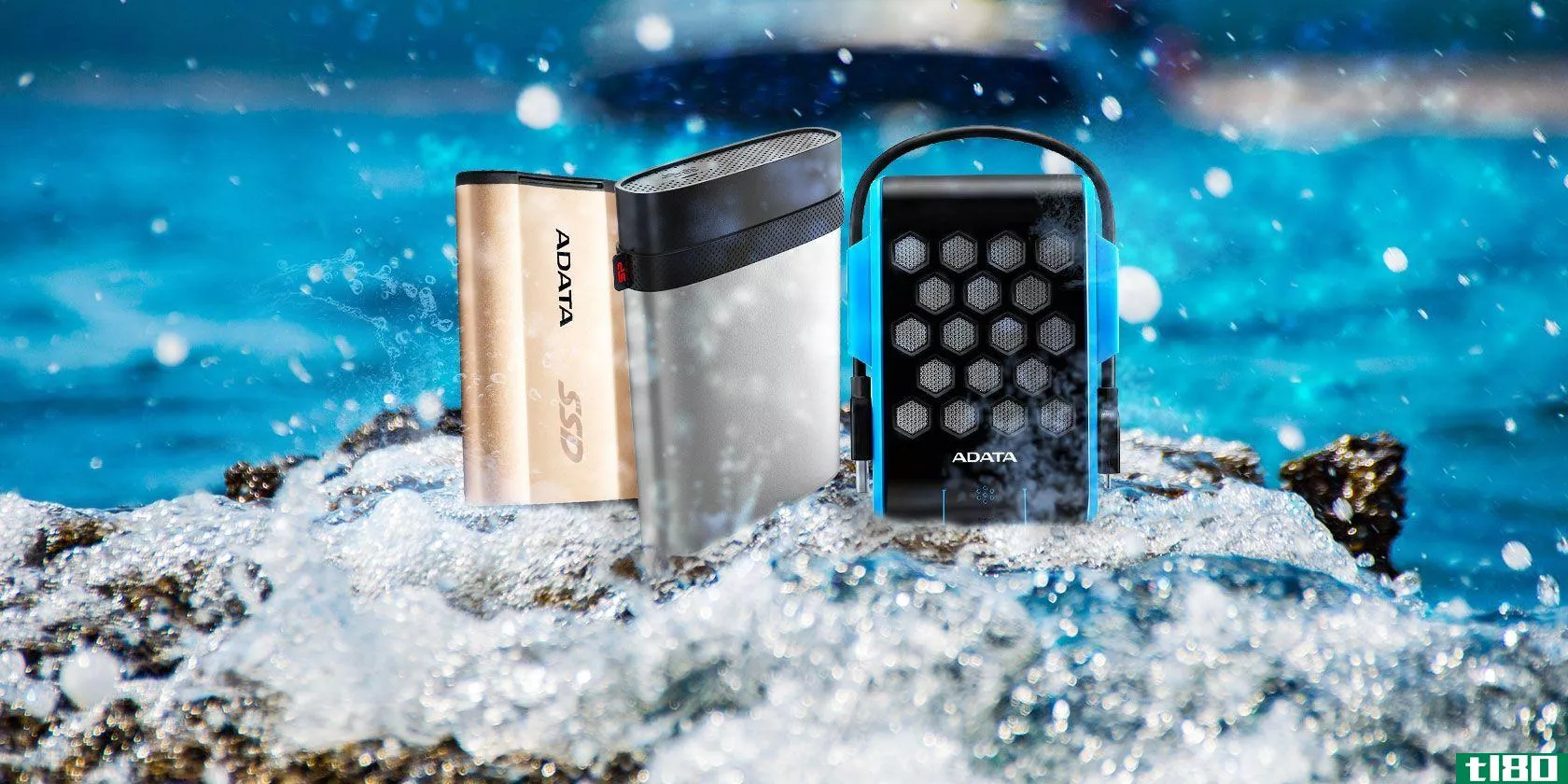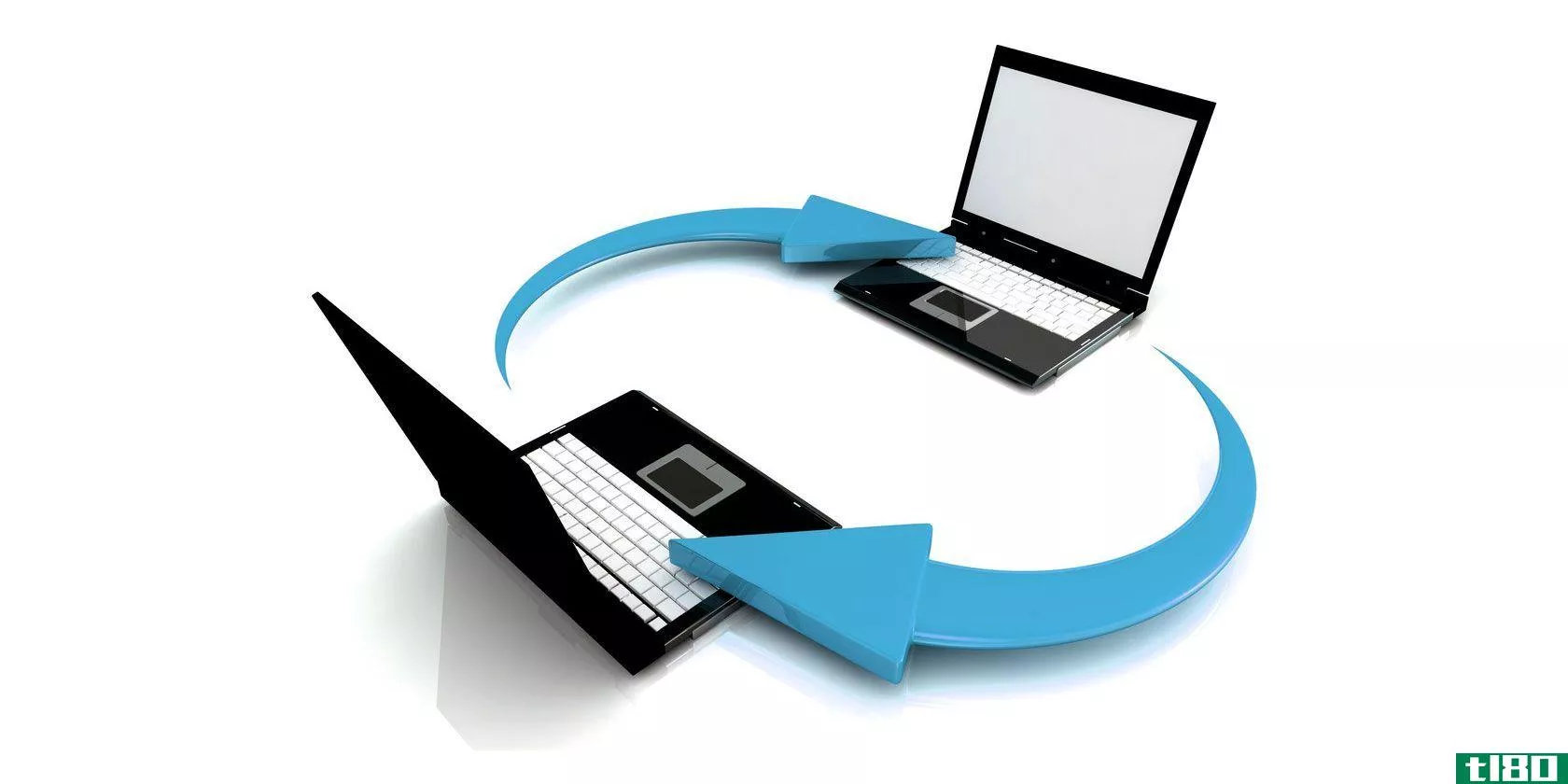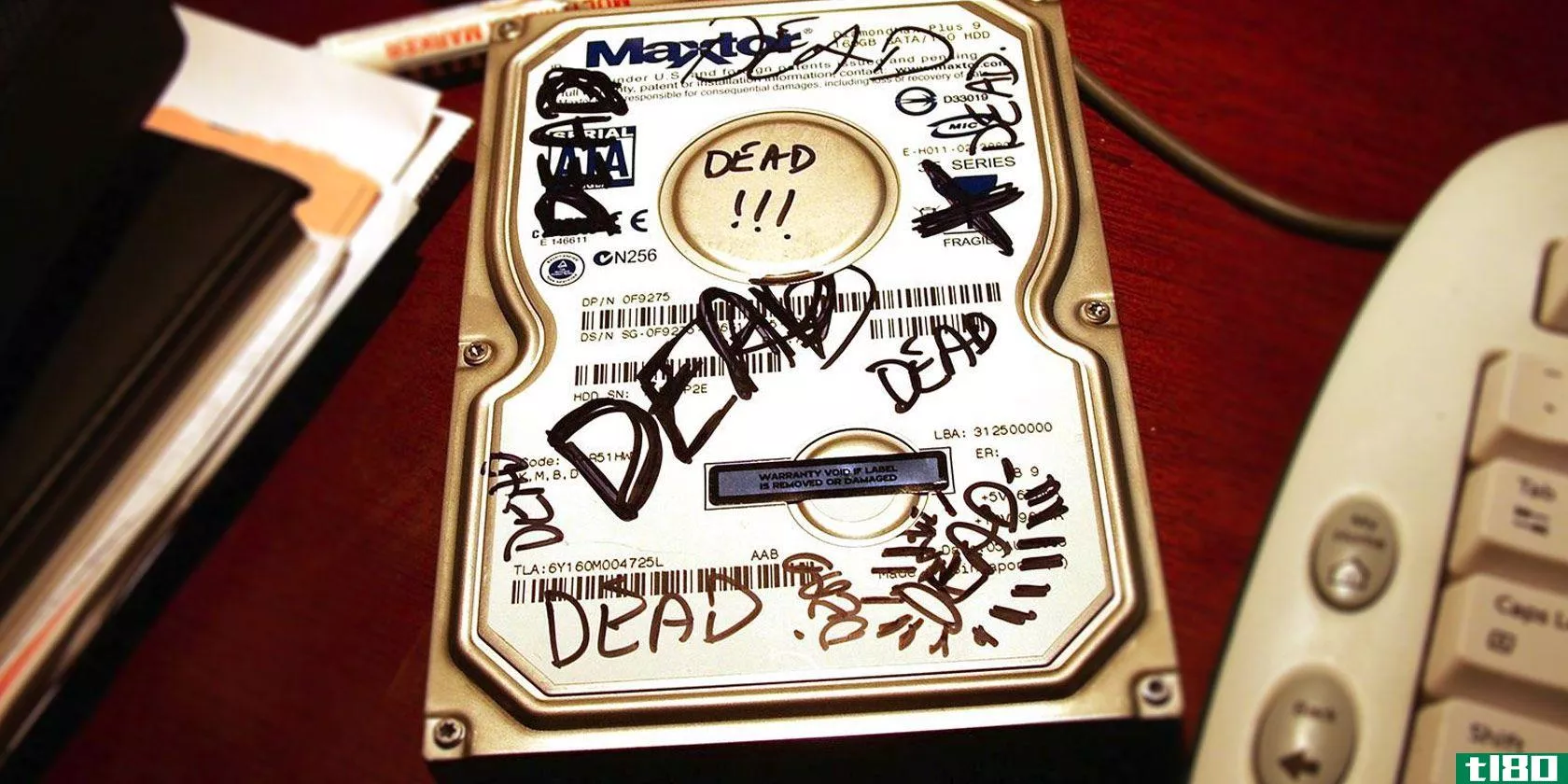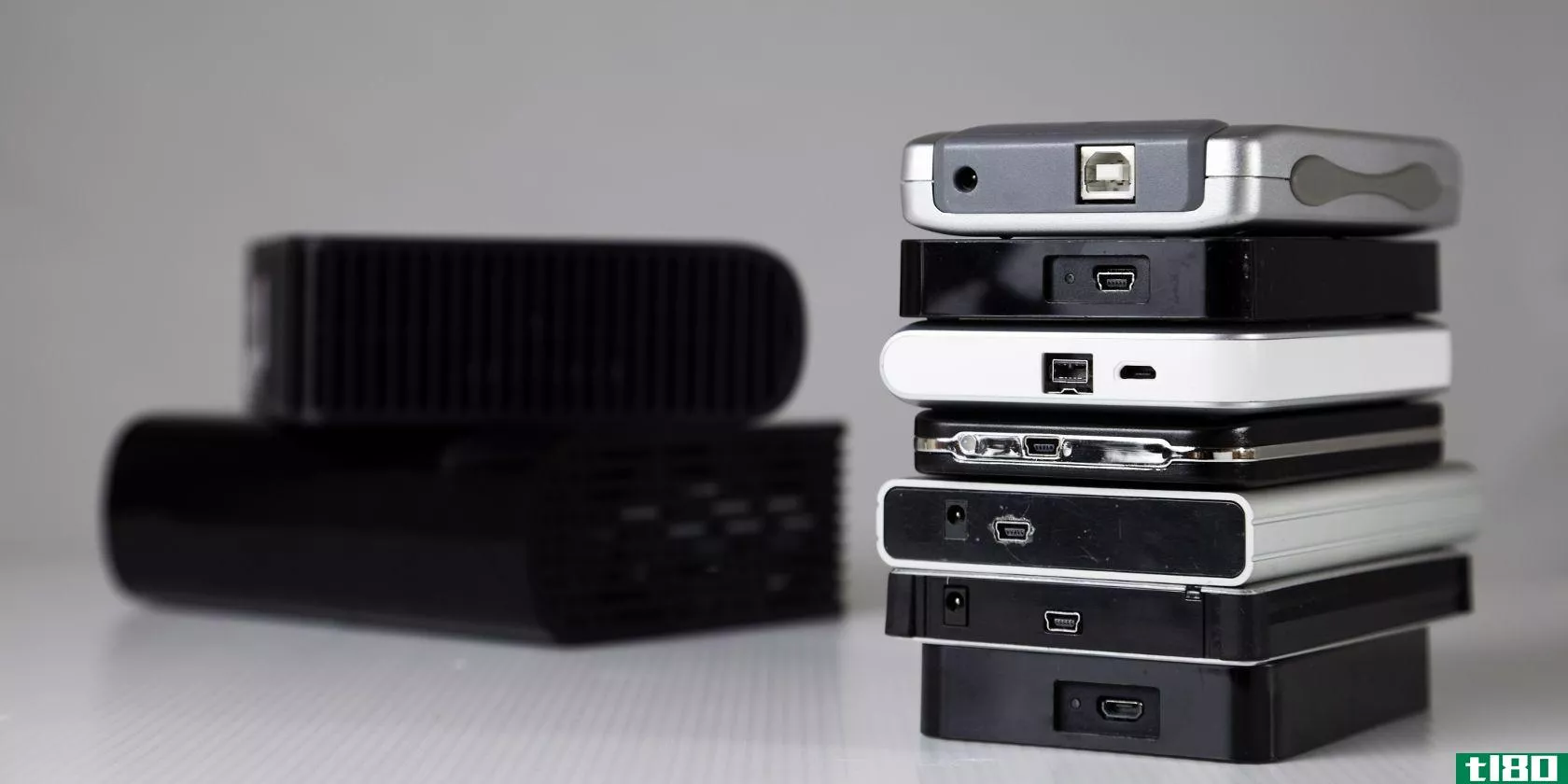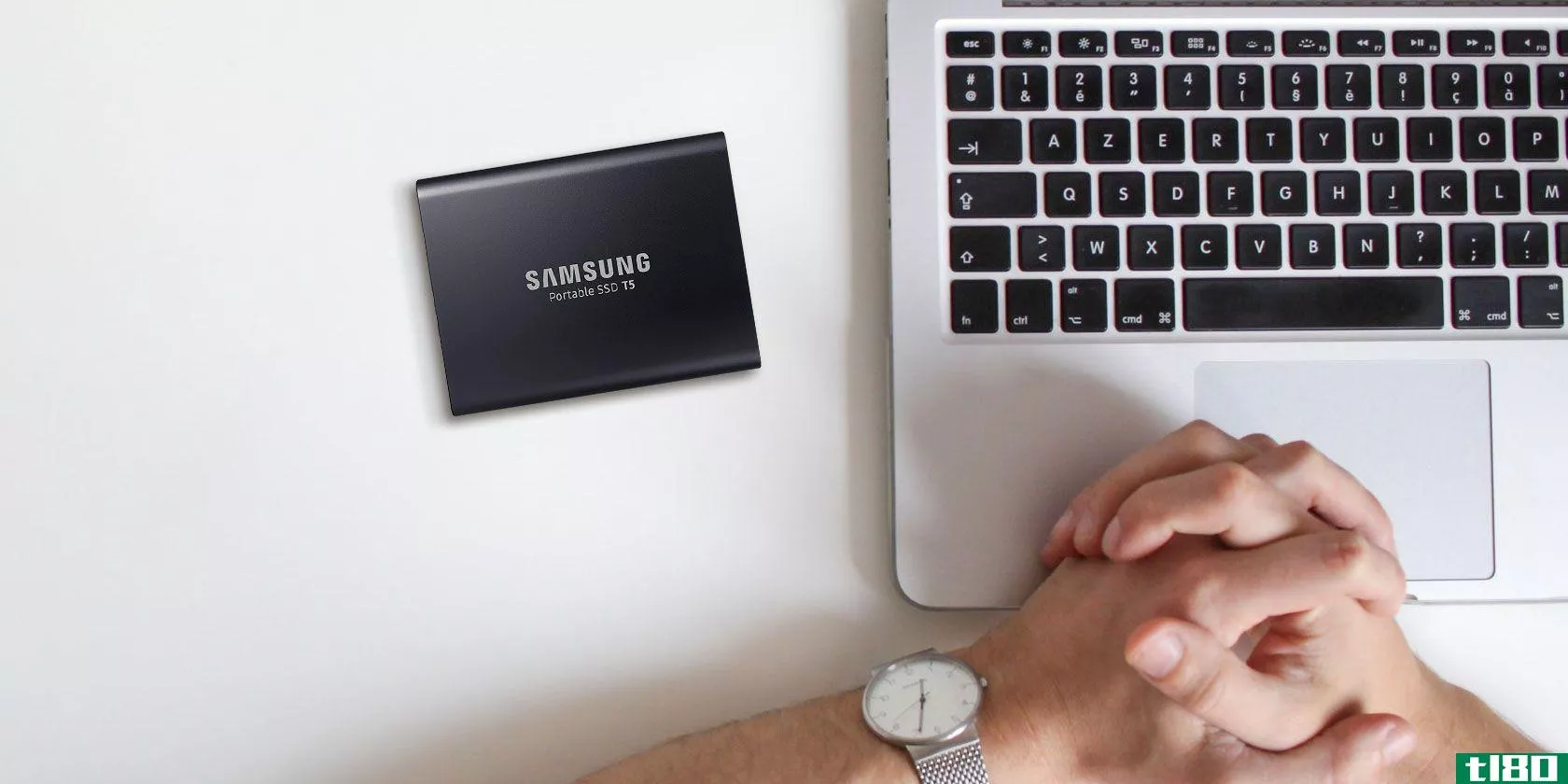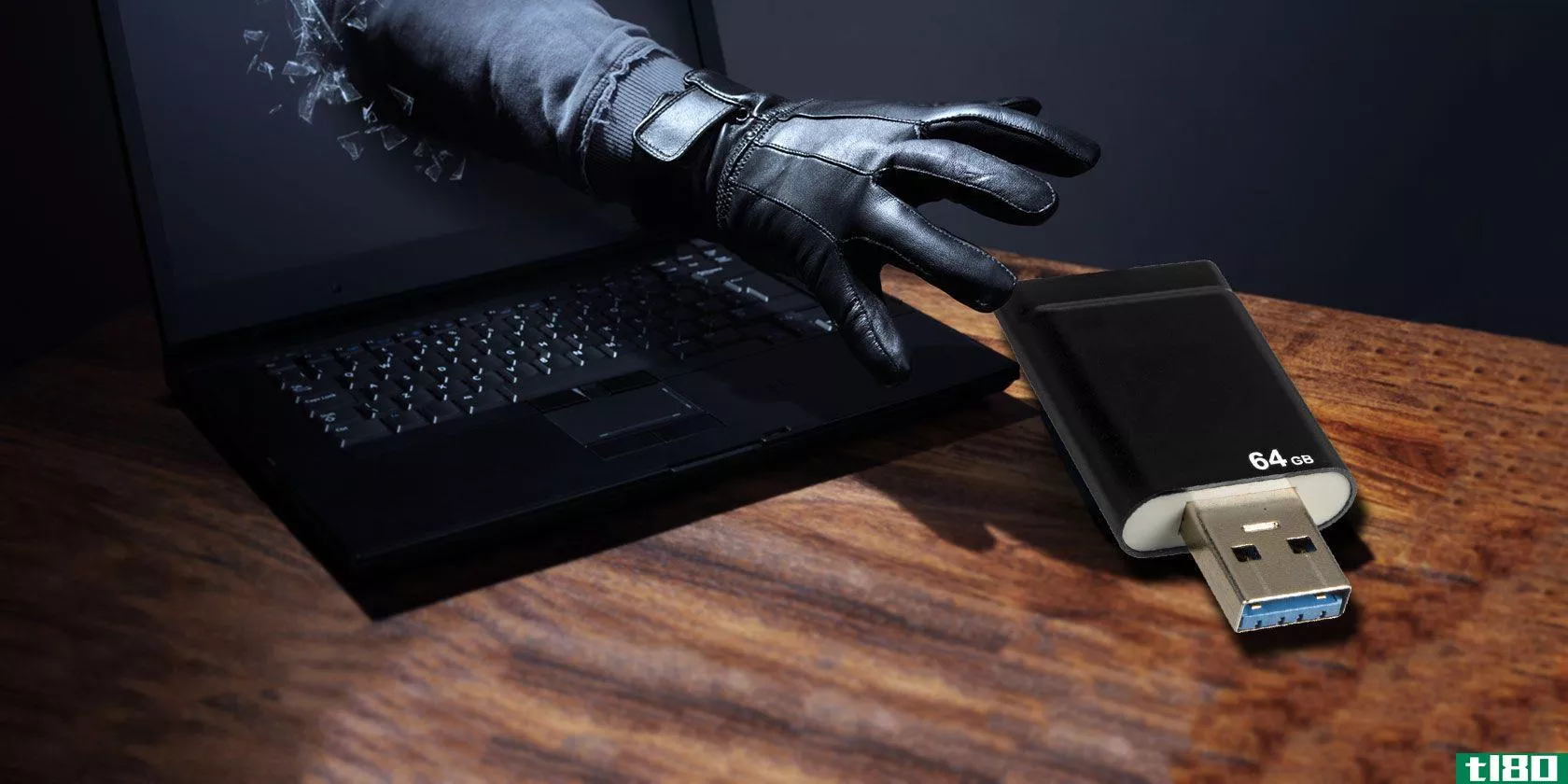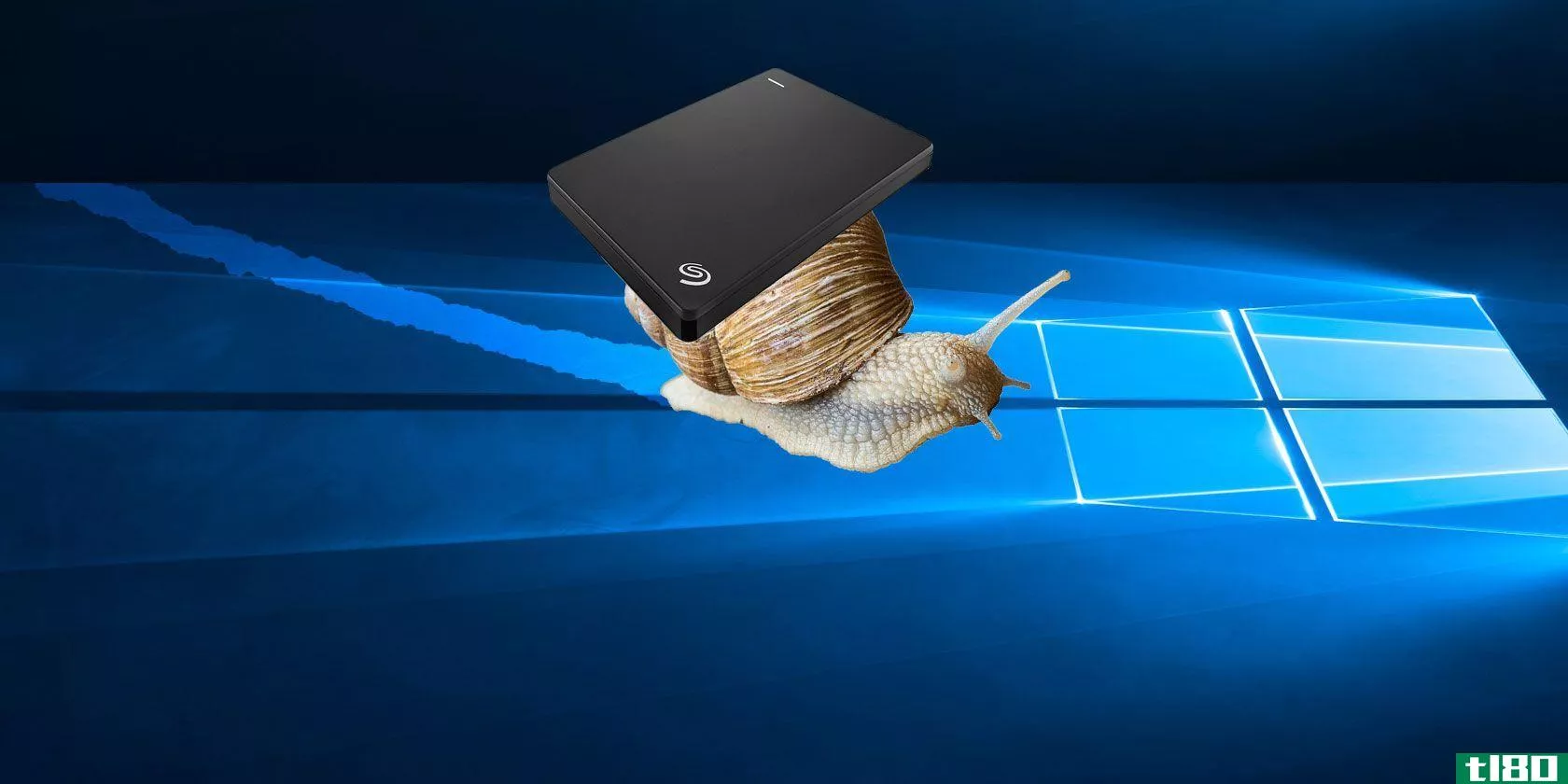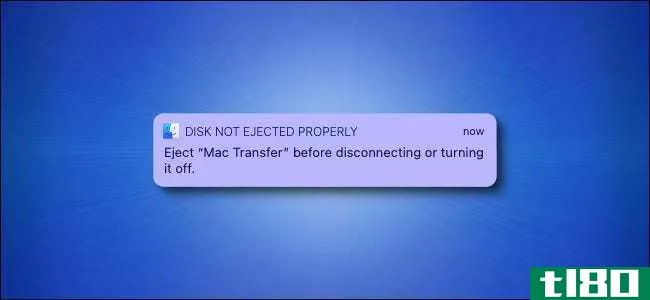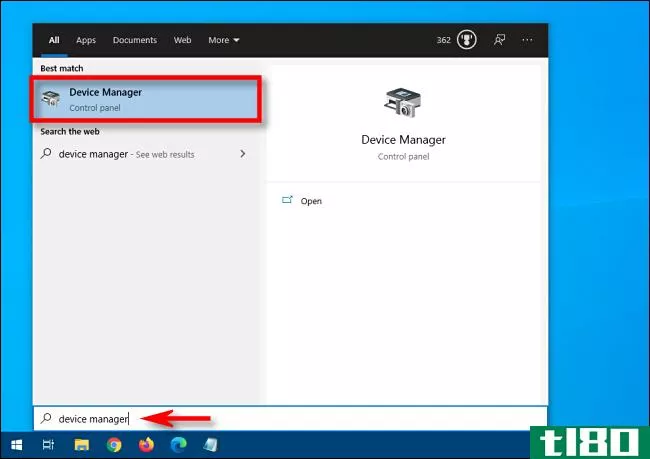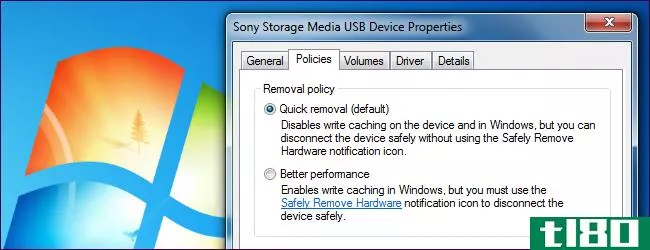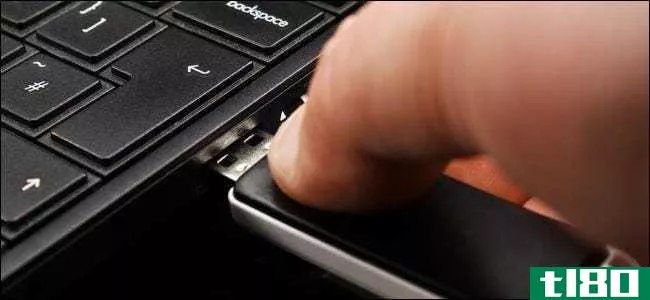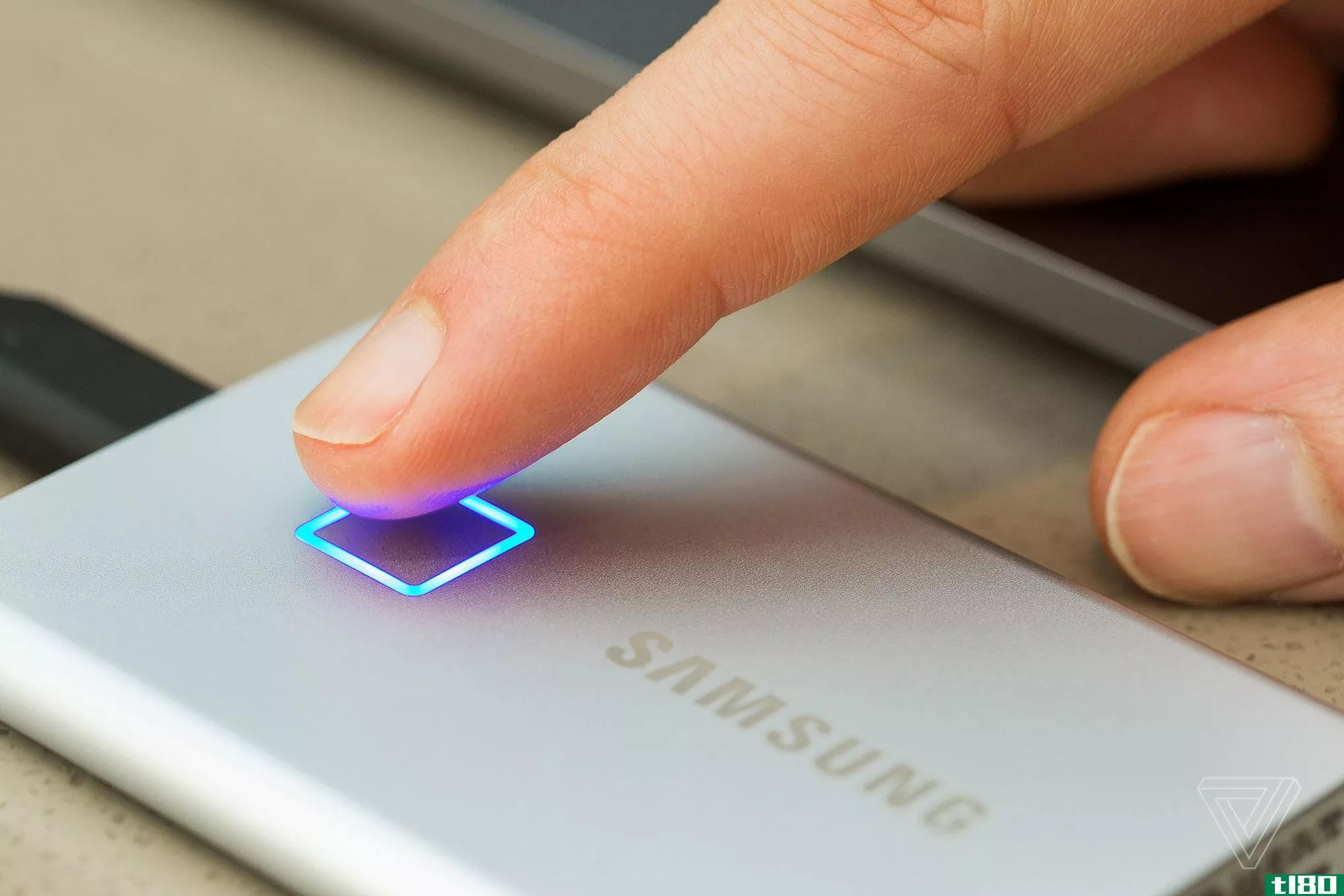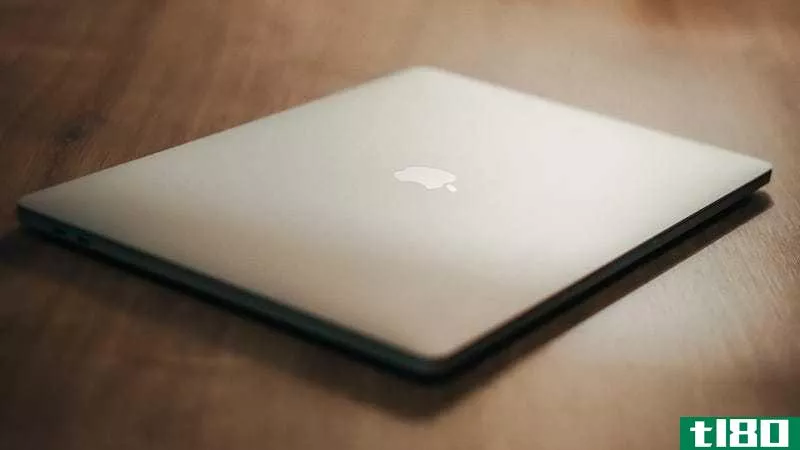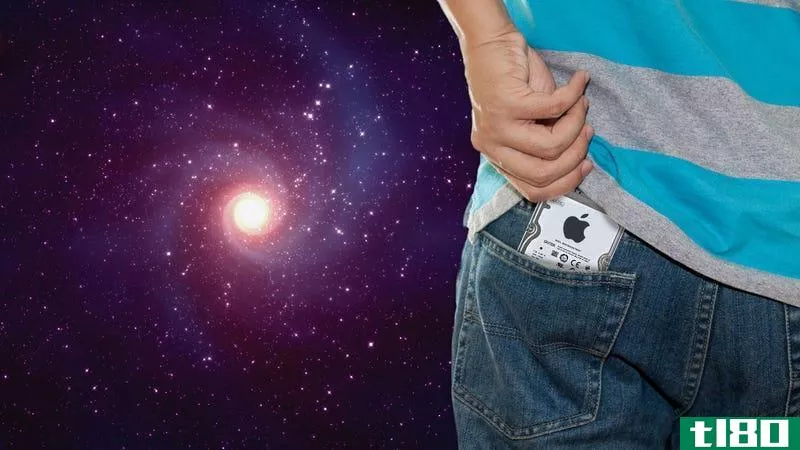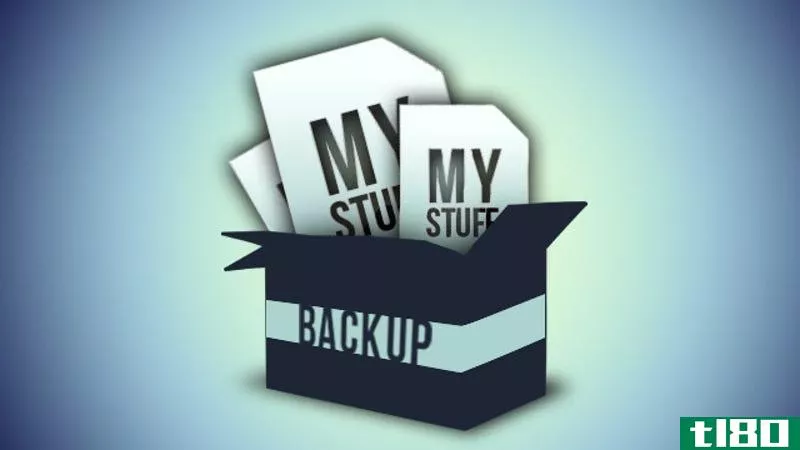拔下便携式usb硬盘会损坏电脑吗?
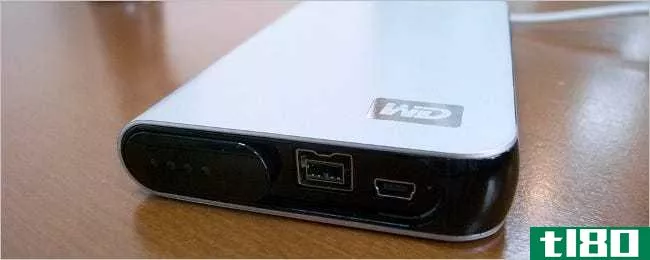
虽然我们中的许多人都熟悉这样一个概念,即不正确地拔下便携式硬盘会导致潜在的数据丢失,但您的计算机是否也可能被损坏?今天的超级用户问答帖子回答了一位好奇的读者的问题。
今天的问答环节是由SuperUser提供的,SuperUser是Stack Exchange的一个分支,是一个由社区驱动的问答网站分组。
照片由查尔斯·维里亚万(Flickr)提供。
问题
超级用户读者misha256想知道拔下便携式USB硬盘是否会损坏电脑:
I was reading through the manual for a Samsung portable USB hard drive that I have and came across this warning:
- Detaching the USB cable while file transfer is in progress can damage your computer and/or Portable Series External Hard Drive.
Here is the original warning:

Seriously? I am going to fry my computer by doing something that USB was explicitly designed for right from the beginning (hot-plugging)? Surely a computer does not suffer damage just because a data transfer fails.
拔下便携式USB硬盘会损坏电脑吗?
答案
超级用户贡献者JakeGould为我们提供了答案:
Short Answer
That claim of damage is more of a legal way for a manufacturer to protect themselves on the off-hand chance that something goes wrong, meaning it is practically n***ense. It is no different than the obtuse language used in an End-User License Agreement (EULA) in the world of software; the manufacturer is right, you are wrong, our company has better lawyers than you, give us your money for a product, have a nice day, and goodbye.
I highly doubt that anything would be seriously damaged by removing a USB hard drive that is still active. So I would not live my life in fear of a warning like this.
I would however take this n***ense to mean that if something did go wrong, then the manufacturer would avoid any resp***ibility or liability. Instead, they would claim that the fault is yours since you failed to properly use the device as instructed in that little pamphlet most people immediately throw out when they purchase such a device.
More details below.
Long Answer
- Seriously? I am going to fry my computer by doing something that USB was explicitly designed for right from the beginning (hot-plugging)? Surely a computer does not suffer damage just because a data transfer fails.
Will you fry your whole computer? Most likely no. Do you increase the risk—even on a slight level—of damaging a USB port by unplugging the hard drive while it is active? I would say yes. The risk mainly comes from something like static electricity being generated between you, the computer, the USB cable and the drive port. And since the hard drive is powered and connected to some level of grounding, it becomes an attractive path for a stray static charge as explained in this blog post on the Premium USB Blog:
- ESD damage to your USB drives or ports can cause latency failures that will slow down your data tran**ission following static shock. Your port or device could also face more severe damage that would essentially fry it and cause it not to work at all. It could also shorten its overall lifespan. ESD can occur under simple circumstances—plugging and unplugging or flipping a nearby switch.
- Before you alarmingly back away from your computer, be comforted by the fact that the average computer user will not necessarily have to worry about it happening. However, it is still important to know about it in case you ever find yourself in a situation where ESD may occur. The odds of static shock increase once you add computer system upgrades, USB hard drives, graphics cards and other heavy duty peripherals.
- Because USB ports are hot pluggable, they need protection against static shock. With USB 2.0 data transfer rates up to 480Mbps and USB 3.0 at 5Gbps, these speeds are fast enough to spark interrupti*** in the signals. Many USB hubs are protected from ESD up to 2kV, but that is not always enough.
But again the risk is slight but—as that article explains—the risk does exist on some level.
Another risk is gyroscopic inertia that stems from the hard drive itself still spinning while you disconnect it. I have actually lost two external 3.5″ hard drives because I unmounted them, disconnected them, and grabbed them too quickly while the hard drives themselves were still spinning. The disorientation from me lifting one way but the gyroscopic inertia from spinning platters pulling in another direction resulted in me losing my grip on the enclosure and the hard drive crashing down onto the floor and basically making it unusable. But again, this is an edge risk.
If you ask me, overwrought details like this in the manuals are not warning you of a common risk as much as they are limiting the hard drive manufacturer’s liability if somehow your data is lost—or the hard drive dies—and you end up complaining to the manufacturer. The idea is you would conceivably call up tech support, they would ask you what you did, you might tell them you disconnected the hard drive in the middle of a transfer and then they might say, “Sorry, but we do not cover that.”
Remember, much like an End-User License Agreement (EULA), the main purpose of such documentation is not to make sure you read it as much as it is in the manufacturer’s best interest to make sure they can claim you were provided these warnings if something goes wrong from a legal standpoint.
Also, just a clarification on this point:
- I am going to fry my computer by doing something that USB was explicitly designed for right from the beginning (hot-plugging)?
The idea that USB devices can be hot-plugged into the system simply means the USB connection is hot-pluggable, but how the devices react beyond that basic connection (if hot-plugged) is entirely a different issue.
For example, I just updated my iPhone while writing this post and I had it connected to my Mac Mini via a USB cable. Sure, I could have unplugged the USB cable in the middle of the update and what would have happened? My computer would be fine and my iPhone would technically be fine from a physical standpoint, but if I unplugged it at the perfectly wrong moment, I could have bricked my iPhone.
A device being hot-pluggable simply means that the device can be connected without having to completely power down the main system to connect it or use a device probe like those SCSI probe control panels almost every Mac OS installation had back in the pre-Mac OS X days of the operating system.
有什么要补充的解释吗?在评论中发出声音。想从其他精通技术的Stack Exchange用户那里了解更多答案吗?在这里查看完整的讨论主题。
- 发表于 2021-04-10 01:49
- 阅读 ( 211 )
- 分类:互联网
你可能感兴趣的文章
5种最坚固、最耐用的便携式硬盘和SSD
...SSD)的读写周期有限。那么,如果你想要一个坚固耐用的便携式硬盘,并且可以安全地存储数据,你应该买什么呢? ...
- 发布于 2021-03-13 05:04
- 阅读 ( 322 )
如何将一个完整的操作系统从一台旧电脑移到一台新电脑上
...章中介绍了一些替代方法。或者,你可以使用一个类似于便携式CloneApp的工具来备份你所有的Windows应用程序设置。我们在一篇关于升级到windows10的文章中已经介绍过这个工具。 ...
- 发布于 2021-03-14 05:27
- 阅读 ( 331 )
如何修复死机硬盘恢复数据
... 为了防止对您的健康造成危害,必须关闭计算机并拔下电源线。如上所述,你还需要释放你身体的静电,也就是说,在你开始对你的电脑内部工作之前先把自己接地。然后打开箱子,确保所有连接正常。 ...
- 发布于 2021-03-18 06:45
- 阅读 ( 251 )
购买新硬盘:你必须知道的7件事
... 外部驱动器是便携式的。它们可以在多台计算机之间共享而无需任何麻烦。只要拔下USB,把它插到别的地方,你就完了。它们还可以**电视和媒体中心进行直接媒体播放。 ...
- 发布于 2021-03-18 11:13
- 阅读 ( 313 )
从你的电脑或网络中窃取数据的5种方法
...已经禁止了USB存储设备,但IBM并没有宣布对另一种流行的便携式存储介质:智能**有任何限制。当设置为大容量存储模式时,智能**可以作为便携式硬盘或USB驱动器显示在PC上。 ...
- 发布于 2021-03-25 08:04
- 阅读 ( 209 )
mac上的“磁盘未正确弹出”是什么意思?
如果你突然从Mac上拔下一个可移动驱动器,你会在屏幕的右上角看到这样一条信息:“磁盘没有正确弹出。”但这是什么意思,为什么你需要在拔下驱动器之前弹出?让我们解释一下。 你需要在拔掉插头之前弹出 看到“Disk ...
- 发布于 2021-03-31 10:32
- 阅读 ( 158 )
如何在windows10上不再“安全地移除”usb驱动器
...,或者可能会保留为损坏的文件。 因此,在你从电脑上拔下任何USB驱动器之前,请确保所有文件都已完成复制或保存。 当然,有时很难知道你的电脑是否正在写入驱动器。后台进程可能正在写入,或者程序可能正在自动保存。...
- 发布于 2021-04-01 18:49
- 阅读 ( 150 )
你真的需要安全地删除usb闪存驱动器吗?
您可能听说过,在拔下USB设备之前,始终需要使用“安全删除硬件”图标。然而,也有一个很好的机会,你已经拔掉了USB设备没有使用这个选项,一切正常。 Windows本身告诉您,如果使用某些设置(默认设置),则不需要使用“...
- 发布于 2021-04-09 02:16
- 阅读 ( 193 )
